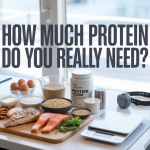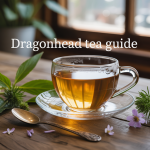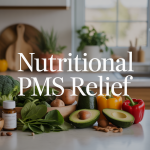Zinc keeps your immune system strong, helps wounds heal faster, and supports healthy growth and development. This guide is perfect for anyone wanting to boost their zinc intake naturally through food choices, whether you’re dealing with frequent colds, slow-healing cuts, or simply want to optimize your nutrition.
We’ll explore the top high-zinc foods from both animal and plant sources, so you can find options that fit your dietary preferences. You’ll also discover smart food pairings that help your body absorb more zinc from meals, plus practical portion sizes to meet your daily needs without guesswork.
Essential Role of Zinc in Your Body’s Daily Functions

Immune System Strengthening and Infection Prevention
Zinc acts as your body’s security guard, constantly working behind the scenes to keep harmful invaders at bay. When your zinc levels are optimal, your white blood cells function like a well-trained army, quickly identifying and neutralizing threats before they can establish infections.
Your thymus gland, which produces infection-fighting T-cells, relies heavily on adequate zinc stores. Without enough zinc, this critical immune organ actually shrinks, leaving you vulnerable to everything from common colds to more serious bacterial infections. Research shows that people with zinc deficiency get sick more often and take longer to recover.
Natural killer cells, your body’s specialized assassins that target viruses and cancer cells, also depend on zinc to function properly. These cellular warriors become sluggish and ineffective when zinc is in short supply, creating gaps in your immune defense system.
Wound Healing Acceleration and Tissue Repair
Every scrape, cut, or surgical incision triggers a complex healing cascade that absolutely requires zinc to work effectively. This mineral serves as a cofactor for over 300 enzymes involved in protein synthesis, cell division, and collagen formation – the building blocks of healthy tissue repair.
During the inflammatory phase of healing, zinc helps control the immune response, preventing excessive inflammation while still allowing necessary healing processes to occur. As new tissue forms, zinc-dependent enzymes work overtime to create strong, flexible scar tissue and rebuild damaged blood vessels.
Collagen, the protein that gives your skin its strength and elasticity, cannot form properly without adequate zinc. People with zinc deficiency often notice their wounds heal slowly, leave more prominent scars, or even reopen after seemingly healing.
Enhanced Cognitive Performance and Memory Retention
Your brain contains some of the highest concentrations of zinc in your entire body, particularly in areas responsible for learning and memory formation. Zinc regulates communication between neurons, acting like a molecular switch that controls when brain cells fire and when they rest.
Memory consolidation – the process of converting short-term memories into permanent ones – depends on zinc-regulated proteins. Students and professionals who maintain optimal zinc levels often report sharper focus, better information retention, and improved problem-solving abilities.
Zinc also protects brain cells from oxidative damage that can impair cognitive function over time. The hippocampus, your brain’s memory center, uses zinc to maintain the delicate balance of neurotransmitters that keep your thoughts clear and your recall sharp.
Hormonal Balance Regulation and Reproductive Health
Zinc plays a starring role in hormone production and regulation throughout your body. Your endocrine glands – including the thyroid, adrenals, and reproductive organs – all require zinc to manufacture and release hormones properly.
For testosterone production, zinc is absolutely critical. Men with zinc deficiency often experience declining testosterone levels, reduced fertility, and decreased libido. The prostate gland contains more zinc than any other organ, using it to produce healthy sperm and maintain optimal reproductive function.
Women need adequate zinc for regular menstrual cycles, healthy egg development, and fertility. During pregnancy, zinc requirements increase significantly to support fetal development, particularly brain and immune system formation. Zinc deficiency during pregnancy can lead to complications including preterm birth and developmental delays.
Your thyroid hormones, which control metabolism and energy levels, also depend on zinc-containing enzymes for proper synthesis and activation. Low zinc status can contribute to sluggish metabolism, unexplained fatigue, and temperature regulation problems.
Top Animal-Based Zinc Powerhouses for Maximum Absorption
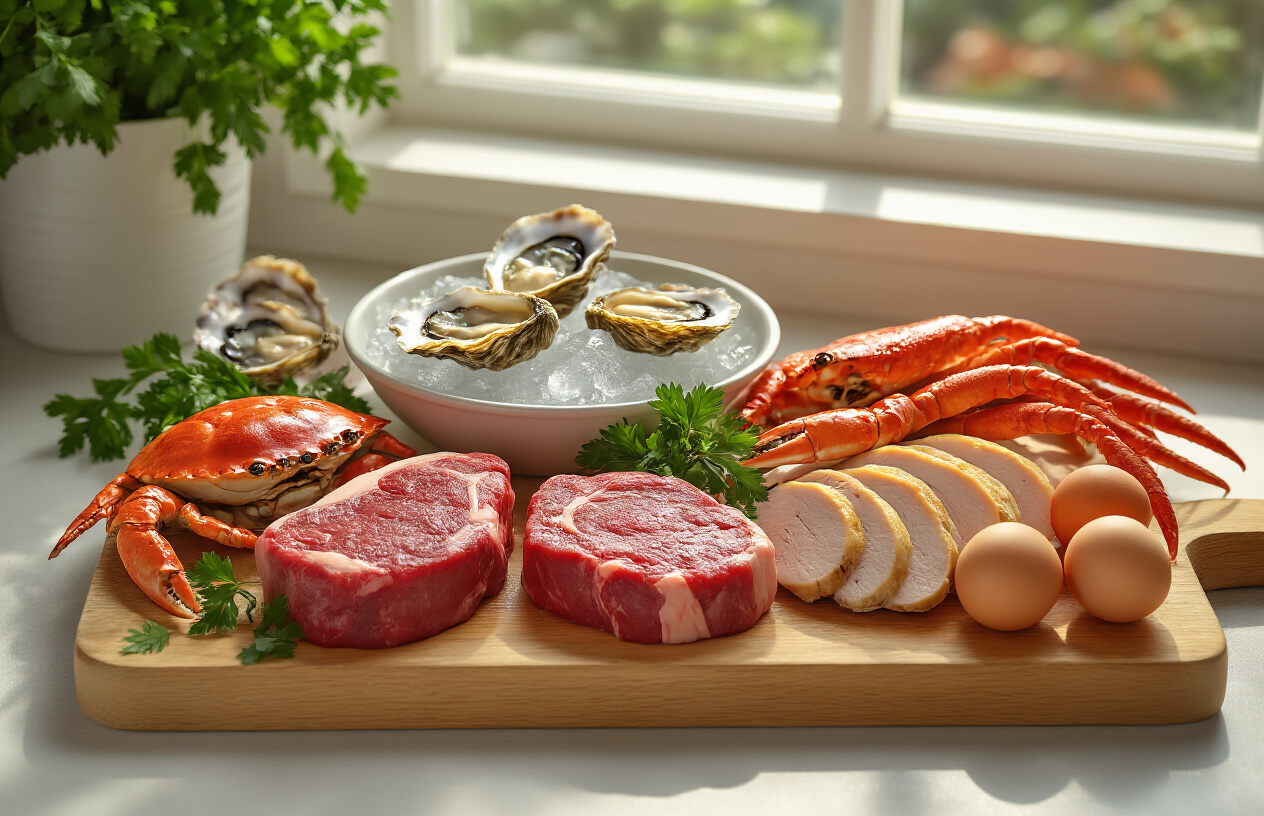
Oysters and shellfish delivering unmatched zinc concentrations
Oysters reign supreme as the absolute champions of zinc content, delivering more of this essential mineral than any other food on the planet. A single serving of just six medium oysters packs an incredible 76 milligrams of zinc – that’s nearly 700% of your daily needs in one sitting. The zinc in oysters comes in its most bioavailable form, meaning your body can easily absorb and use almost all of it.
Beyond oysters, other shellfish offer impressive zinc profiles too. Crab meat contains about 6.5 milligrams per 3.5-ounce serving, while lobster provides roughly 4 milligrams in the same portion. Mussels and clams also deserve recognition, with mussels offering around 2.3 milligrams per serving and clams delivering about 2.3 milligrams as well.
The secret behind shellfish’s zinc superiority lies in their marine environment. These creatures naturally filter and concentrate minerals from seawater, creating nutrient-dense protein sources that our bodies recognize and process efficiently. Unlike plant sources, shellfish zinc doesn’t compete with fiber or phytates for absorption, making it incredibly effective for addressing zinc deficiency.
Red meat cuts providing bioavailable zinc sources
Red meat stands as your second-best bet for high-quality zinc absorption. Beef leads the pack, with different cuts offering varying amounts of this crucial mineral. A 3.5-ounce serving of lean ground beef delivers approximately 4.8 milligrams of zinc, while beef chuck roast provides about 7 milligrams per serving.
Lamb offers exceptional zinc content too, with a 3.5-ounce portion containing roughly 4.2 milligrams. Pork follows closely behind, providing about 2.9 milligrams per serving. The heme iron found alongside zinc in red meat actually enhances zinc absorption, creating a synergistic effect that plant foods can’t match.
| Red Meat Cut | Zinc Content (per 3.5 oz) | Additional Benefits |
|---|---|---|
| Beef Chuck Roast | 7.0 mg | High in B-vitamins |
| Ground Beef (lean) | 4.8 mg | Convenient protein source |
| Lamb Chops | 4.2 mg | Rich in selenium |
| Pork Tenderloin | 2.9 mg | Lower fat option |
The bioavailability factor makes red meat particularly valuable for people with higher zinc needs, such as athletes, pregnant women, or those recovering from illness. Your digestive system processes animal-based zinc with remarkable efficiency compared to plant sources.
Poultry options for lean protein with zinc benefits
Chicken and turkey provide excellent zinc sources while keeping saturated fat levels lower than red meat. Dark meat cuts consistently outperform white meat in zinc content, making chicken thighs and drumsticks smart choices for zinc optimization.
A 3.5-ounce serving of chicken dark meat contains about 2.4 milligrams of zinc, while the same amount of chicken breast provides roughly 1.0 milligram. Turkey dark meat offers similar benefits, with approximately 3.5 milligrams per serving, and turkey breast contains about 1.7 milligrams.
Duck takes the crown among poultry options, delivering an impressive 2.7 milligrams of zinc per 3.5-ounce serving. The higher fat content in duck helps with zinc absorption while providing essential fatty acids your body needs.
Cooking methods can impact zinc retention in poultry. Roasting, grilling, or baking preserves more zinc than boiling, where some minerals may leach into cooking water. Keeping the skin on during cooking helps protect the meat’s nutrient content, though you can remove it before eating if you’re watching fat intake.
Combining poultry with zinc-rich side dishes like quinoa or pumpkin seeds creates meals that support optimal zinc status while providing complete, balanced nutrition for active lifestyles.
Plant-Based Zinc Champions for Vegetarian and Vegan Diets

Legumes and beans offering substantial zinc content
Beans and lentils pack a serious nutritional punch when it comes to zinc content. A single cup of cooked chickpeas delivers about 2.5 mg of zinc, while the same amount of kidney beans provides roughly 1.9 mg. Black beans, navy beans, and pinto beans all hover around 1.7-2.0 mg per cup, making them excellent choices for boosting your zinc intake.
Lentils deserve special recognition here – red lentils contain about 2.5 mg of zinc per cooked cup, while green and brown varieties offer slightly less at around 1.3 mg. The beauty of these protein-packed foods lies in their versatility. You can toss them into soups, create hearty stews, blend them into hummus, or use them as the base for veggie burgers.
| Legume Type | Zinc per Cup (cooked) | Additional Benefits |
|---|---|---|
| Chickpeas | 2.5 mg | High protein, fiber |
| Kidney beans | 1.9 mg | Folate, iron |
| Black beans | 1.8 mg | Antioxidants, magnesium |
| Red lentils | 2.5 mg | Quick cooking, B vitamins |
Nuts and seeds packed with zinc and healthy fats
Pumpkin seeds top the charts as zinc superstars, delivering an impressive 2.9 mg per ounce – that’s about a quarter cup of these crunchy green gems. Hemp seeds follow closely with 3 mg per 3 tablespoons, making them perfect sprinkled over yogurt or blended into smoothies.
Cashews bring both creamy texture and zinc benefits, offering 1.6 mg per ounce. Pine nuts, sesame seeds, and sunflower seeds each contribute around 1.4-1.8 mg per ounce. These foods work double duty by providing healthy fats that support overall nutrition absorption.
Top zinc-rich options:
- Pumpkin seeds (pepitas): 2.9 mg per ounce
- Hemp hearts: 3 mg per 3 tablespoons
- Cashews: 1.6 mg per ounce
- Sesame seeds: 1.4 mg per ounce
- Pine nuts: 1.8 mg per ounce
Whole grains providing zinc alongside fiber benefits
Quinoa stands out among grains with 2.8 mg of zinc per cooked cup, plus it’s a complete protein containing all essential amino acids. Oats deliver about 1.2 mg per cooked cup and make an excellent breakfast base when topped with zinc-rich seeds and nuts.
Brown rice provides modest zinc amounts at 1.2 mg per cup, while wild rice bumps that up to 2.2 mg. Wheat germ deserves a special mention – just 2 tablespoons contain 1.8 mg of zinc, making it a concentrated addition to smoothies or baked goods.
Buckwheat and amaranth offer around 1.0-1.3 mg per cooked cup, bringing unique flavors and textures to your meals. These ancient grains work beautifully in pilafs, salads, or as porridge alternatives.
Dark leafy greens supporting zinc intake naturally
While leafy greens aren’t zinc powerhouses like seeds or legumes, they still contribute meaningful amounts to your daily intake. Spinach provides about 1.4 mg per cooked cup, and the cooking process actually increases zinc availability by breaking down compounds that can interfere with absorption.
Swiss chard and collard greens offer similar amounts, around 0.6-0.8 mg per cooked cup. Kale brings roughly 0.5 mg per cooked cup along with impressive vitamin K and antioxidant content. These greens shine when combined with zinc-rich foods – think spinach salads topped with pumpkin seeds or collard green wraps filled with hummus and hemp hearts.
The key with leafy greens is eating them regularly and in good quantities. A large salad or generous serving of cooked greens can meaningfully contribute to your daily zinc goals while providing countless other nutrients your body craves.
Smart Food Combinations to Maximize Zinc Absorption

Pairing Zinc-Rich Foods with Vitamin C Sources
Vitamin C acts as zinc’s best friend when it comes to absorption. This powerful antioxidant helps convert zinc into a more bioavailable form that your body can easily use. The combination works particularly well because vitamin C creates an acidic environment in your stomach, which enhances zinc solubility.
Try these winning combinations:
- Oysters with lemon juice – The classic preparation isn’t just for taste; the citrus significantly boosts zinc uptake
- Beef steak with bell pepper salad – Red and yellow peppers pack serious vitamin C punch
- Pumpkin seeds with strawberries – Perfect for snacking or adding to yogurt
- Chickpeas with tomatoes – Mediterranean dishes naturally combine these nutrients
- Fortified cereals with orange juice – A breakfast that maximizes morning zinc absorption
The timing matters too. Consume your vitamin C source within the same meal as your zinc-rich foods for maximum benefit. Fresh fruits and vegetables provide the most potent vitamin C, so aim for raw or lightly cooked options when possible.
Avoiding Calcium and Iron Interference During Zinc Meals
Calcium and iron can seriously block zinc absorption by competing for the same transport pathways in your intestines. These minerals essentially crowd out zinc when consumed together in large amounts.
Foods to separate from zinc meals:
| Calcium-Rich Foods | Iron-Rich Foods |
|---|---|
| Dairy products | Red meat |
| Fortified plant milks | Spinach |
| Cheese | Fortified cereals |
| Yogurt | Dried beans |
| Leafy greens | Tofu |
The interference is dose-dependent, meaning small amounts won’t cause major problems. But if you’re taking calcium supplements (typically 500-1000mg) or eating calcium-rich meals, space them at least 2-3 hours apart from your zinc-focused meals.
Iron presents a trickier situation since many zinc-rich foods also contain iron. The key is avoiding iron supplements or iron-fortified foods during your main zinc meals. Natural iron from whole foods creates less competition than synthetic iron supplements.
Timing Zinc Consumption for Optimal Bioavailability
Your body absorbs zinc best on an empty stomach, but this can cause nausea in many people. The sweet spot is consuming zinc-rich foods about 1-2 hours before meals or 2-3 hours after eating.
Optimal timing strategies:
- Morning boost: Eat zinc-rich foods as your first meal when stomach acid is naturally higher
- Pre-workout snack: Pumpkin seeds or nuts 30-60 minutes before exercise
- Between meal timing: Mid-afternoon zinc snacks avoid interference from breakfast and dinner
- Evening spacing: If eating zinc at dinner, make it your first course before other foods
Coffee, tea, and alcohol can reduce zinc absorption, so avoid these beverages within an hour of zinc-rich meals. Water or herbal teas work best as accompaniments.
For people taking zinc supplements, split doses throughout the day rather than taking one large dose. Your body can only absorb about 10-40% of zinc at any given time, so smaller, frequent doses often work better than megadoses.
Daily Zinc Requirements and Practical Portion Guidelines
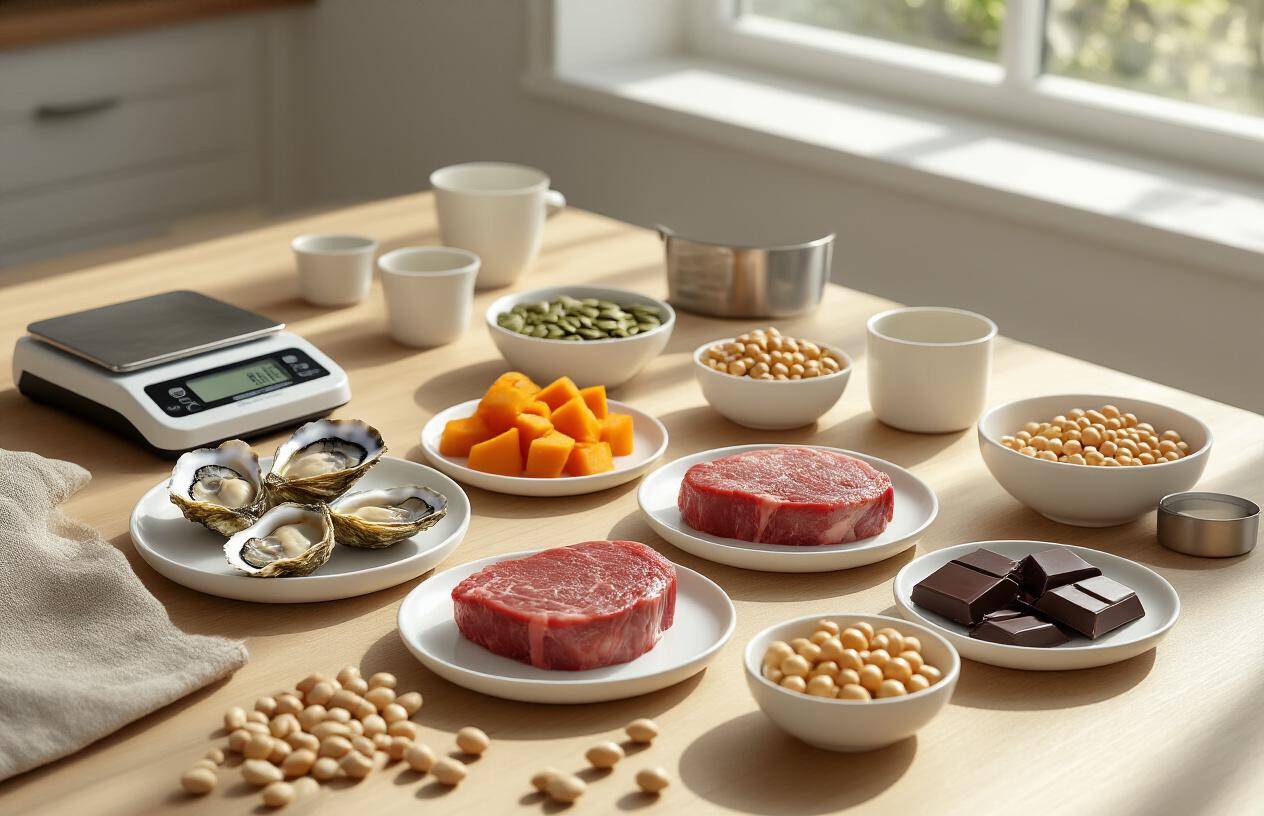
Age-specific zinc needs for optimal health outcomes
Getting the right amount of zinc changes dramatically throughout your life. Babies need just 2 milligrams daily, while pregnant women require up to 12 milligrams to support their growing baby’s development. Adult men typically need 11 milligrams per day, compared to 8 milligrams for women.
Children’s needs increase steadily as they grow. Toddlers aged 1-3 require 3 milligrams daily, while kids aged 4-8 need 5 milligrams. Teenagers face higher demands during growth spurts, with boys needing 11 milligrams and girls requiring 9 milligrams.
Special circumstances bump up these requirements. Breastfeeding mothers need 12 milligrams daily to maintain their milk’s zinc content. Older adults may need extra zinc since absorption decreases with age, and their immune systems rely heavily on adequate zinc levels.
Athletes and people recovering from illness or surgery often require higher amounts than average. Your body can’t store zinc long-term, so consistent daily intake becomes crucial for maintaining optimal health.
Simple serving sizes to meet recommended daily values
Meeting your zinc needs doesn’t require complicated meal planning. A 3-ounce serving of beef provides about 7 milligrams of zinc, covering most of an adult woman’s daily requirement. Six medium oysters deliver an impressive 32 milligrams – way more than you need in one sitting.
For plant-based options, think in terms of cups and handfuls. One cup of cooked chickpeas contains roughly 2.5 milligrams, while a quarter-cup of pumpkin seeds provides about 2 milligrams. Two tablespoons of tahini add 1.4 milligrams to your daily total.
| Food Source | Serving Size | Zinc Content |
|---|---|---|
| Beef chuck roast | 3 oz | 7 mg |
| Pumpkin seeds | 1/4 cup | 2 mg |
| Cashews | 1 oz (18 nuts) | 1.6 mg |
| Greek yogurt | 1 cup | 1.7 mg |
| Dark chocolate | 1 oz | 0.9 mg |
Combining different zinc sources throughout the day works better than loading up on one mega-dose. Spread your intake across meals for better absorption and to avoid any digestive upset.
Signs of zinc deficiency to watch for
Your body sends clear signals when zinc levels drop too low. Hair loss, slow-healing cuts, and frequent infections top the list of warning signs. You might notice your sense of taste or smell becoming weaker, making food less appealing.
Skin problems often appear early in zinc deficiency. Look out for unexplained rashes, dry patches, or wounds that take forever to heal. Your nails might develop white spots or become brittle and prone to breaking.
Mood changes and brain fog can sneak up on you. People with low zinc often report feeling more irritable, having trouble concentrating, or experiencing memory issues. Sleep problems and decreased appetite frequently accompany these mental symptoms.
Children show different signs, including stunted growth, delayed sexual development, and behavioral problems. Pregnant women with zinc deficiency face higher risks of complications and may deliver babies with lower birth weights.
Blood tests can confirm zinc deficiency, but doctors often diagnose based on symptoms since blood zinc doesn’t always reflect total body stores accurately.
Safe upper limits to prevent zinc toxicity
Taking too much zinc causes problems just as serious as not getting enough. The upper safe limit sits at 40 milligrams daily for healthy adults. Going beyond this amount regularly can interfere with copper absorption and weaken your immune system.
Early signs of zinc excess include nausea, stomach cramps, and headaches. These symptoms usually appear when intake exceeds 50-60 milligrams per day. Long-term overconsumption can lead to copper deficiency, which ironically causes some of the same problems as zinc deficiency.
Zinc supplements pose the biggest risk for toxicity. Food sources rarely provide dangerous amounts, even when you’re eating zinc-rich foods regularly. However, be cautious with fortified foods and multiple supplements that might add up to excessive levels.
People with certain medical conditions or taking specific medications should consult healthcare providers before increasing zinc intake significantly. Some antibiotics, diuretics, and arthritis medications can interact with zinc supplements.
Pay attention to your body’s signals. If you experience persistent nausea, metallic taste, or digestive issues after starting zinc supplements, you might be taking too much. Backing down to food-based sources often resolves these problems quickly.
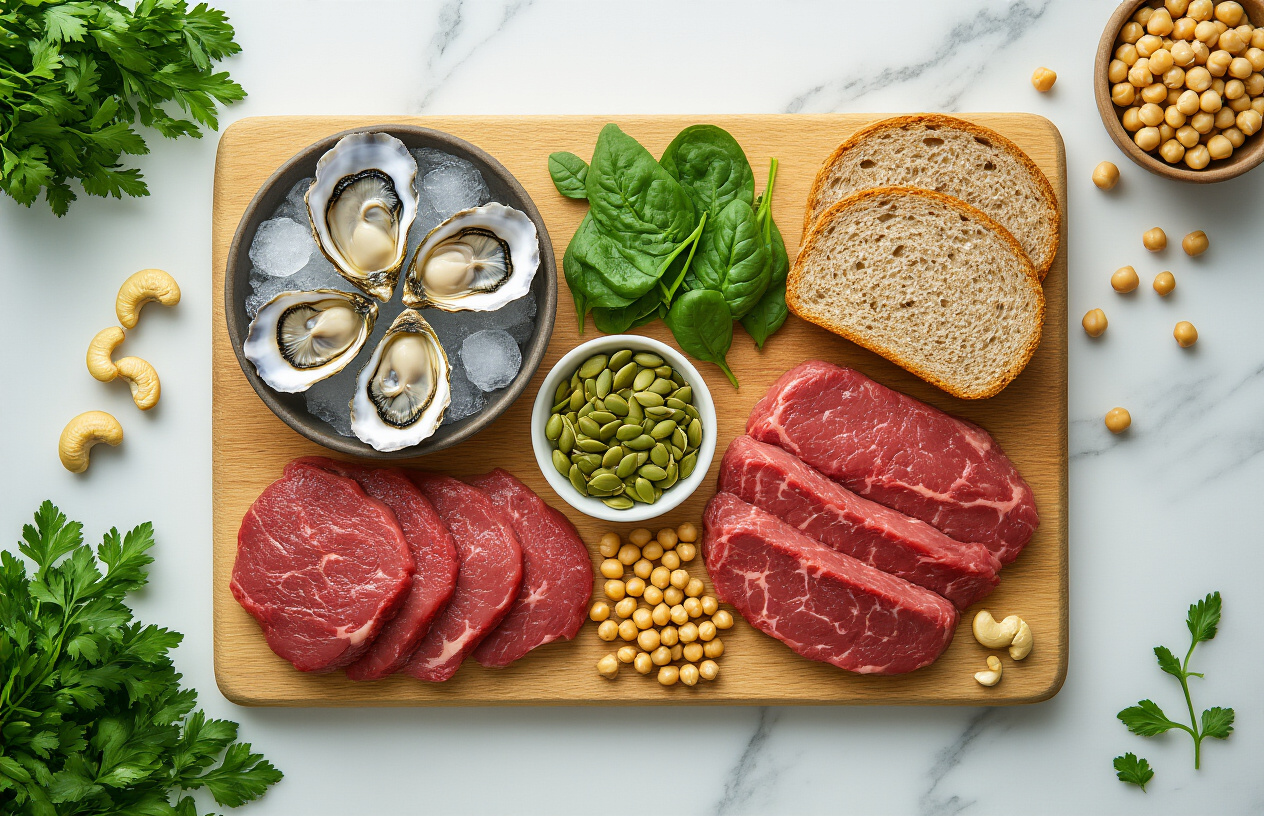
Your body relies on zinc for everything from keeping your immune system strong to helping wounds heal properly. Without enough of this essential mineral, you might notice your energy dropping, your taste buds going dull, or your skin acting up. The good news is that getting enough zinc doesn’t have to be complicated when you know which foods pack the biggest punch.
Animal proteins like oysters, beef, and chicken give you the most easily absorbed zinc, while plant-based eaters can turn to pumpkin seeds, legumes, and fortified cereals to meet their needs. The secret is pairing these foods smart – eat your zinc-rich meals with vitamin C sources and avoid having them with calcium or iron supplements that can block absorption. Start paying attention to your daily portions and you’ll quickly build meals that naturally support your zinc levels and keep your body running at its best.


